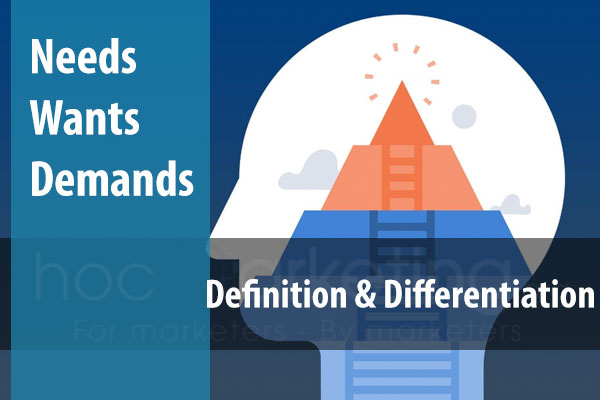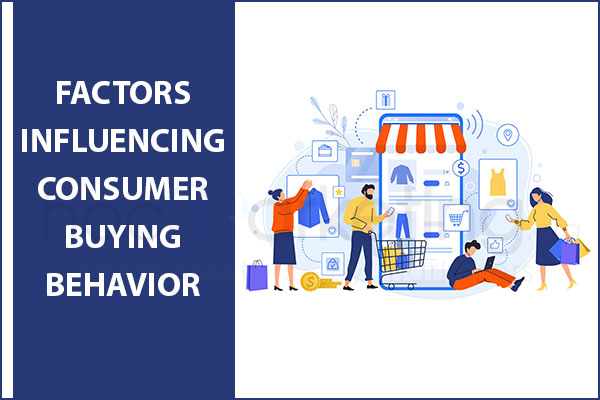
The Rise of Self-Care Shopping: A Deep Dive into Consumer Behavior

Unveiling the intriguing trends in holiday spending and the psychology behind self-gifting
Introduction
The landscape of holiday spending has witnessed a remarkable shift, defying conventional predictions and shedding light on the evolving consumer mindset. The 2023 holiday season served as a testament to the growing prominence of self-care and the allure of treating oneself. Amid economic uncertainties, consumers displayed a penchant for indulgence, waiting eagerly for Black Friday deals to splurge on self-gifts.
The Emotional Aspect of Self-Gifting
Self-gifting, a practice laden with emotional significance, emerged as a coping mechanism for consumers grappling with financial concerns. Contrary to their initial plans, individuals ended up exceeding their budget by an average of $28, succumbing to the allure of holiday deals. Notably, vulnerable shoppers, intending to spend $469, succumbed to the temptation of self-indulgence, ultimately shelling out an average of $553.
Miriam Browning-Nance, the Vice President at Horizon Media, emphasized the emotional underpinning of self-gifting, attributing it to the belief that holidays warrant the best deals. She advocates for marketers to capitalize on this sentiment year-round by promoting the 'importance of you' to alleviate any guilt associated with self-treating.
The Impulse of Self-Care Shopping
The '2023-2024 Holidays Unwrapped' report, derived from a survey of 1,000 individuals, underscored the prevalence of the treat-yourself culture in holiday shopping. Marketers found an opportunity in the influx of deals, facilitating impulse purchases and fostering a culture of self-care. Browning-Nance highlighted the significance of advocating for self-care in marketing strategies to stimulate consumer spending.
Furthermore, the report revealed that financially vulnerable demographics were inclined to exceed their planned expenditure, with 60% of Americans resorting to increased credit card debt for holiday shopping. The necessity for flexible payment options, such as buy-now-pay-later services, became apparent, with a projected surge in payment value to $80 billion in 2024.
In conclusion, as consumer debt escalates and prices soar, the future of spending behavior remains uncertain. Marketers are urged to adapt to evolving consumer preferences and leverage innovative payment solutions, like BNPL, to navigate the changing retail landscape effectively.













